What is fibre?
Fibre is a type of complex (big long chain) carbohydrate that’s found in all types of plants based foods including pulses, grains, vegetables and fruits.
Unlike other carbohydrates (such as sugars and starch) fibre is not digested in the small bowel and reaches the large intestine without being broken down.

Why do we need it?
There are lots of benefits to having a fibre rich diet.
If you are trying to loose weight or maintain weight loss
Fibre helps to slow down the rate at which your stomach empties. This can help you feel fuller for longer and stop you from consuming more calories than you need.
Reduced risk of heart disease and stroke
Eating food that contain a type of fibre called beta glucan (such as barley and oats) can reduce cholesterol levels, in particular levels of ‘bad’ cholesterol LDL. High LDL levels are one of the risk factors for heart disease and stroke.
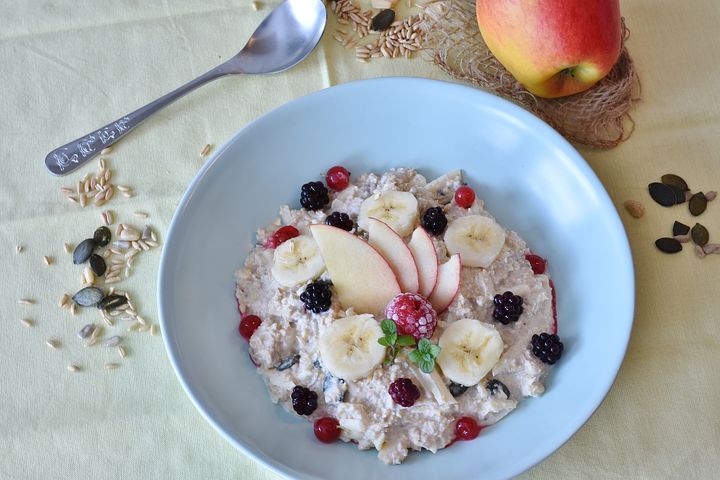
Type 2 diabetes
Adequate fibre intake can help to stabilize your bloods sugars and reduce your risk of developing insulin resistance which can lead to type 2 diabetes.
Constipation
When fibre reaches the large bowel it increases water absorption which helps to soften stools and ensure regular bowel habit.
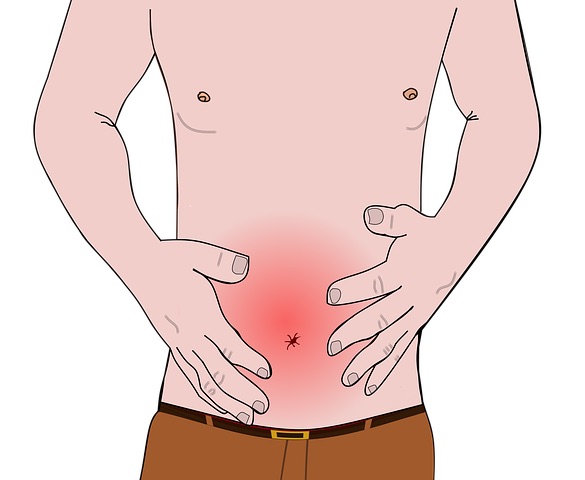
Good bacteria
The role of bacteria in our gastrointestinal tract is a major area of interest in the field of nutritional science at the present time. Research in this area has demonstrated how important the bacteria in our gut may be to our health.
Our gut contains trillions of bacteria, yeasts and funghi. Each different bacteria performs a different function in our body and we know that they are essential for many functions including maintaining a healthy immune system, building and repair and production of chemical such as serotonin.
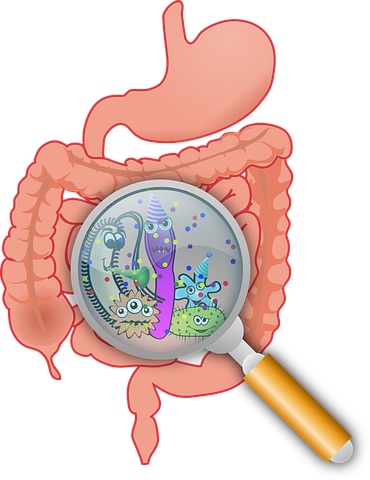
Fibre rich foods provide a food source for ‘friendly’ gut bacteria. Each fibrous food contains different fibre molecules and, as such, each one will produce a different friendly bacteria in our gut. The greater the diversity of fibre rich foods in your diet, the greater the diversity of ‘friendly’ bacteria will be produced in your gut.
Bowel cancer
As well as helping to prevent constipation fibre can help reduce your risk of developing bowel cancer.
As yet, we are not 100% clear on the reasons behind this but current thinking is that fibre increases stools size, dilutes stool content and moves waste through the large bowel at a faster rate, allowing less time for harmful waste products to come into contact with the bowel wall.
Some of the good bacteria produced by fibre as outlined above may also have a role in producing chemicals that may help protect the bowel.
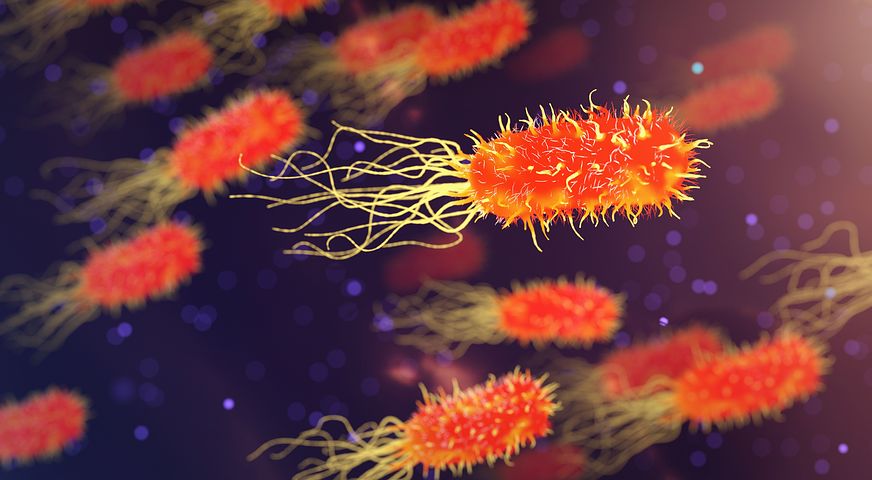
How much fibre do I need?
In 2015 the UK Government published new guidelines which saw the recommended daily intake of fibre increase to 30g per day for adults over the age of 17.
US guldelines are similar at 25-30g per day.
Currently, the average daily intake is far short of this at 18g in the UK and 17g in the US.
The chart below details current guidelines according to age range.

So, how can you increase your fibre intake?
A simple ‘google search’ will yield endless lists of fibre rich foods but a better way of ensuring you hit your daily fibregoal would be to look at what you eat on a regular basis, ie your usual breakfast, lunch and dinner and see if you can make any small changes to increase the fibre content without having to totally re think how you currently eat.
Breakfast:
?Opt for a high fibre breakfast cereal, for example a whole grain cereal such as Weetabix, no added sugar muesli, oats or bran flakes.
?Remember, oats also contain beta glucan which can help lower cholesterol.
?Add fruit or nuts to your breakfast cereal or to plain yoghurt.
Lunch/Dinner:
?Choose wholegrain bread/pitta/wraps
?Add salad to your sandwich/wrap or add a side saladOpt for brown rice or pasta.
Add kidney beans/black beans or other beans or pulses to your salads.
?Substitute legumes for meat 2-3 days per week for example bean or lentil chilli or vegetable curry.
?Why not experiment with some new styles of cooking? Indian and Middle Eastern cooking uses lots of whole grains and legumes as well as lots of vegetable you may not have as part of your usual weekly line up.
? Put on a pot of home made soup and change up the veg in it weekly.
?If you are having potatoes, keep the skin on. Opt for skin on wedges rather than chips.
?Keep the freezer stocked with frozen vegetables so you never run out.
Snacks
???Opt for nuts, fruit (fresh or dried) or chopped up veg.
Switch to wholewheat crackers.
?? Try adding veg and dips such as hummus or beetroot.
??? Add chopped fruit to your home baking (muffins, bread, cookies and pancakes)
What does 30g of fibre look like?
Below is an example of a days’ worth of food that contain more than the recommended 30g of dietry fibre.
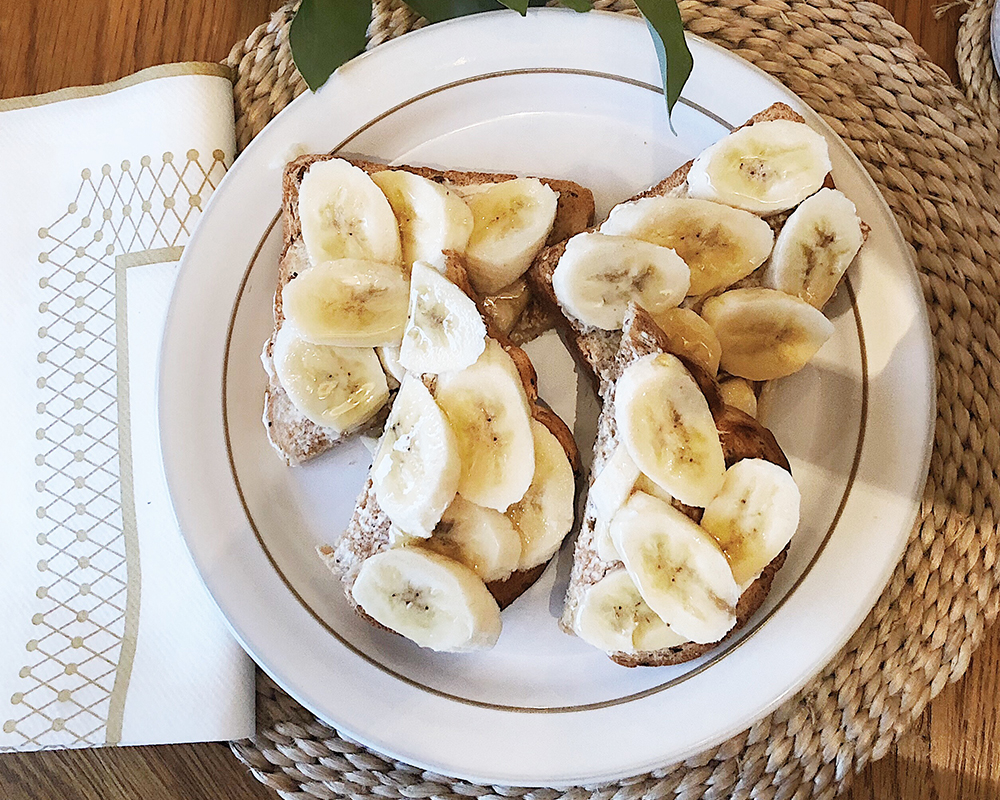
Breakfast:2 slices wholewheat toast6.5g
Banana1.5g
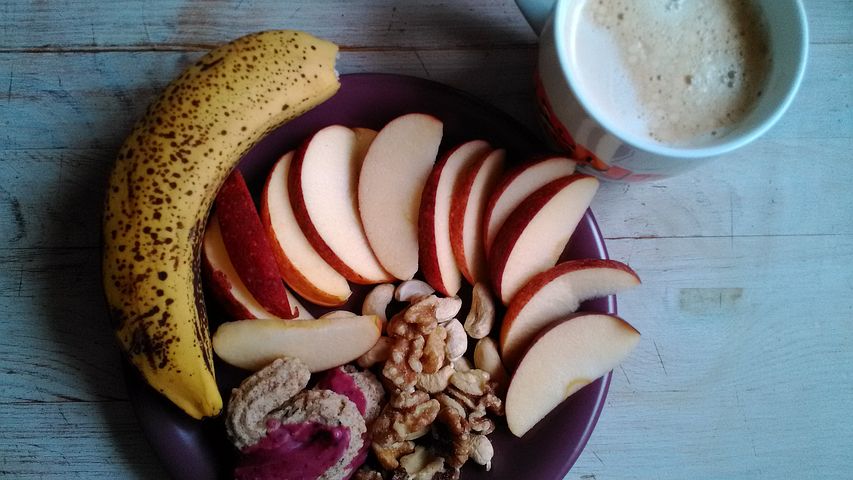
Snack:Apple 1.2g
Handful nuts3g
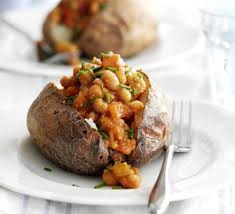
Lunch:Baked potato (skin on)2.6g
Tin baked beans9.8g
Snack:Hummus 50g3g
Carrot/half red pepper3g
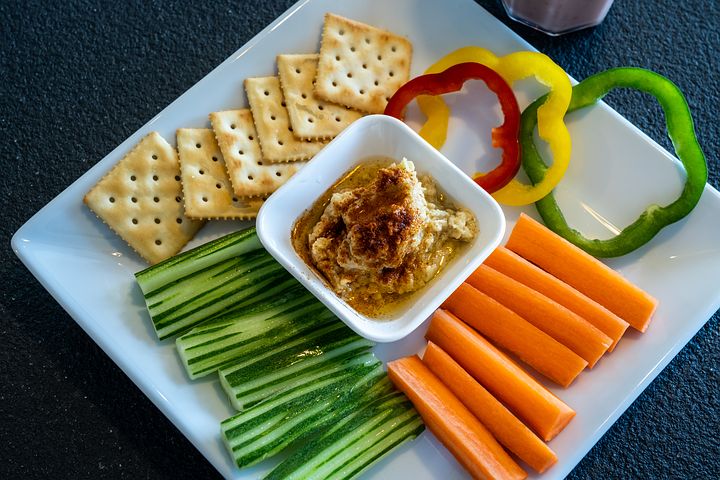
Dinner:Chicken and veg Balti 9g
(BBC good food recipe)
Brown rice2.6g
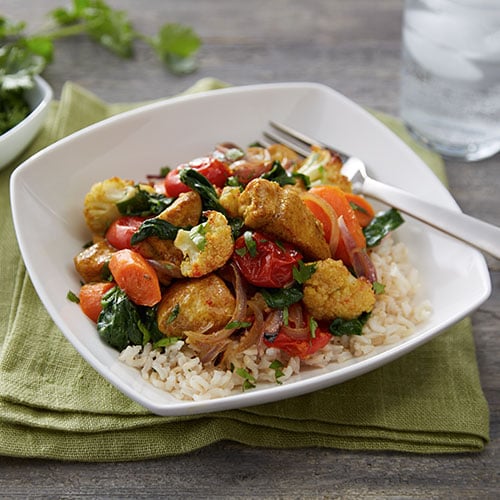
Total Fibre: 42.2g
A 7 day meal planner that meets the recommendations for fibre intake can be found here:
https://www.nutrition.org.uk/attachments/article/881/SACN%20guidelines%20meal%20planner.pdf
Fibre and Irritable Bowel Syndrome
People with IBS often notice significant changes in their symptoms when they make alterations to their diet.
Those with constipation dominant IBS can see an improvement in their symptoms by gradually increasing the fibre in their diet (especially increasing wholegrains, oats, fruits, veg and linseeds) whereas those who struggle with frequent diarrhea may be better of reducing their intake of some high fibre foods such as breads and wholegrain cereals.
If you notice worsening of your symptoms when you try to increase your fibre intake, it’s worth keeping a food and symptoms diary. Ask your GP to put you in contact with a dietician who can help you.
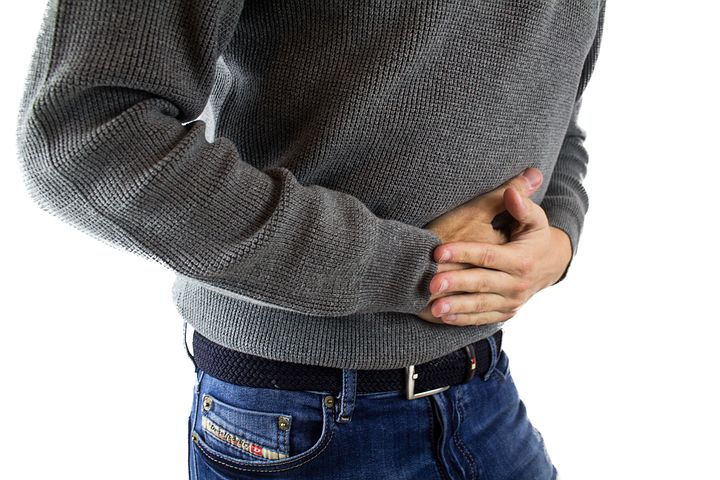
Check the packaging when you are in the supermarket and go for the option with the highest fibre content.
Make sure you are drinking lots of water-6-8 large glasses a day.
Start small and see how you go. I’m sure you will find increasing your fibre is easier than you think!
??⚕️ Laura.
©AYOSC 2019
2 replies to "Fibre, what’s the big deal?"
Another great blog full on good info. Good to have a guide of how much fibre certain foods contain
Thanks again
Hi Laura
Great blog, thank you. I am currently working for the NHS as a Social Prescriber and I have given the details of what you are doing to a GP I am working with currently. She is very interested in doing something similar here in Derby (that’s in the Midlands in England by the way)
Thanks again